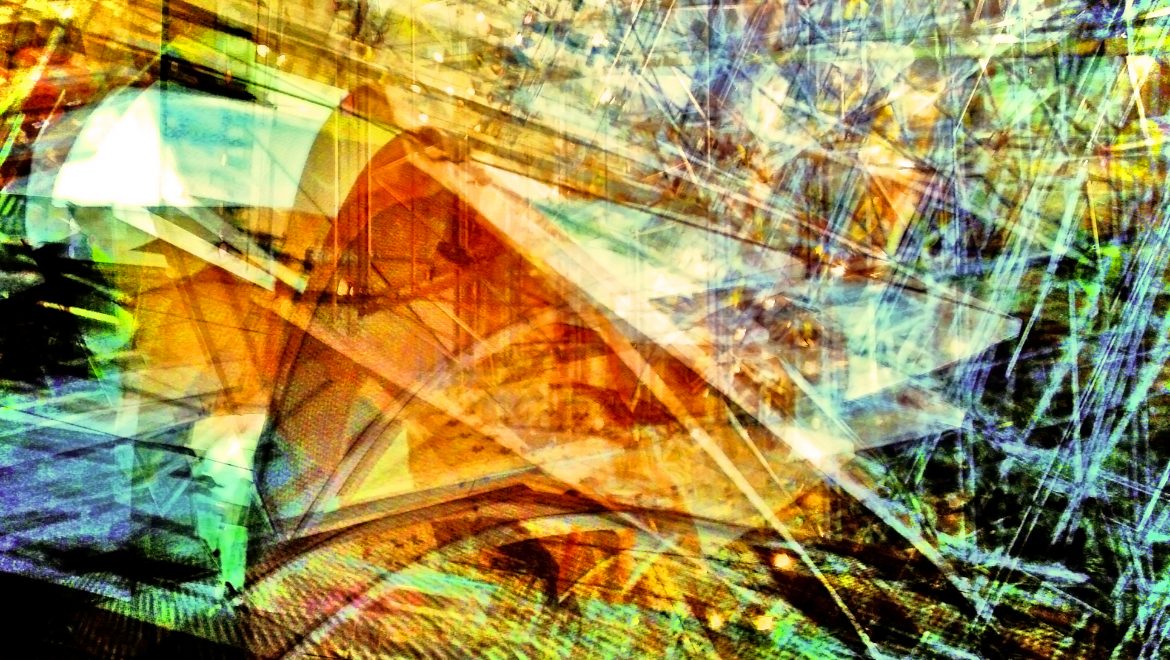Making Maps
Hello!
I’m coming down from a little bit of frustration with a couple of the programs designed to build maps. My computer know-how is an asymptote towards “skilled.” I am constantly being met with some technical frustration.
Tonight, around 6pm, I started messing around with Google Earth and Google Maps. It seemed to simple; it looked as if Google had removed some the features I remember. At some point, a user could upload photos to particular spots. This could still be the case, but I also could not envision figuring out post directions.
As I was messing around with Google Maps and Google Earth, I looked at ARCGIS StoryMaps and CartoDB. CartoDB looks like it is for commercial projects for anyone looking to open a store somewhere, which is interesting. However, I could’ve have spent the same amount of time that I just spent figuring out how to use the features of the website that I just spent trying to figure out how to simply add a picture to ARCGIS StoryMaps (ASM). Needless to say, I think I need help with these things. Tonight, I made the wrong choice and went to PhotoBucket since the feature of the ASM that allowed me to upload pictures, add a narrative tag about the books I wanted to map and a location, requested a URL with a file name like .jpg or something at the end of it. I am very unfamiliar with this, so I spent some time in Picasa and Google Photos and eventually PhotoBucket, which kept crashing my browser because of all the advertisements. And it still didn’t work.
So I went back to Google Maps.
<iframe src=”https://www.google.com/maps/embed?pb=!1m46!1m12!1m3!1d12837168.49895299!2d-103.78499694821309!3d38.23138224975454!2m3!1f0!2f0!3f0!3m2!1i1024!2i768!4f13.1!4m31!3e0!4m5!1s0x80c2a4cec2910019%3A0xb4170ab5ff23f5ab!2sSanta+Monica%2C+CA!3m2!1d34.0194543!2d-118.49119119999999!4m5!1s0x80c2bee85d41e7db%3A0x97a24085324ccbce!2sHillside+Avenue%2C+West+Hollywood%2C+CA!3m2!1d34.1028023!2d-118.3595344!4m5!1s0x80c297b5cb94e64b%3A0xf9e44d6afdc710f7!2sSan+Fernando+Valley%2C+CA!3m2!1d34.1825782!2d-118.4396756!4m5!1s0x89e379f063e53817%3A0x2b346e00e0a3bec8!2sBoston+University%2C+Boston%2C+MA!3m2!1d42.3504997!2d-71.1053991!4m5!1s0x80c2bee85d41e7db%3A0x97a24085324ccbce!2sHillside+Avenue%2C+West+Hollywood%2C+CA!3m2!1d34.1028023!2d-118.3595344!5e0!3m2!1sen!2sus!4v1523150486347″ width=”600″ height=”450″ frameborder=”0″ style=”border:0″ allowfullscreen></iframe>
I wanted to illustrate the movement of Gunner Kaufman, the anatognist of The White Boy Shuffle. Right now, as I am typing this, I see lines of code. Hopefully, this turns into an “embedded map.” If not, I have added an incredibly simple map in the hyperlink.
My experience leads me to wonder a couple of things: Who has time for all of this problem solving when there are books to be read (not to mention homework assignments)? There is a huge gap between understanding the name of something and what it is supposed to do and how to get that thing to do it. A couple of the articles from my bibliography (that I will eventually post to the blog) touch on databases and indigenous knowledge and how compatible such things are. There narrative map as well as the literal spatial can be better adapted to a globe and maybe 10 minutes of storytelling. In the Yolngu Aboriginal people of North East Arnhemland, there traditions and artefacts are closely associated with place. Building maps into a database may assist with making the numerous connections between site and ancestry and the stories of individuals and parental lineages tied to language and dance, but there may be significant information loss and also technically difficult.


